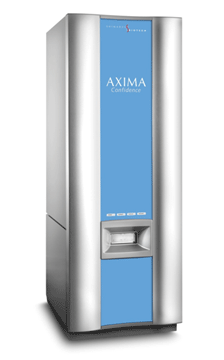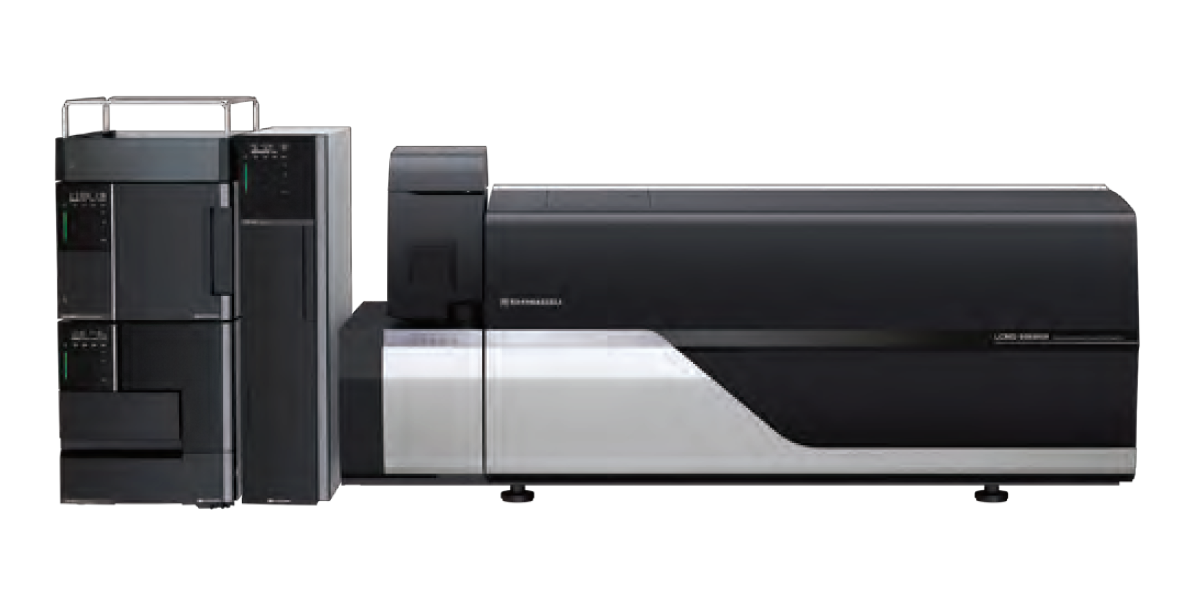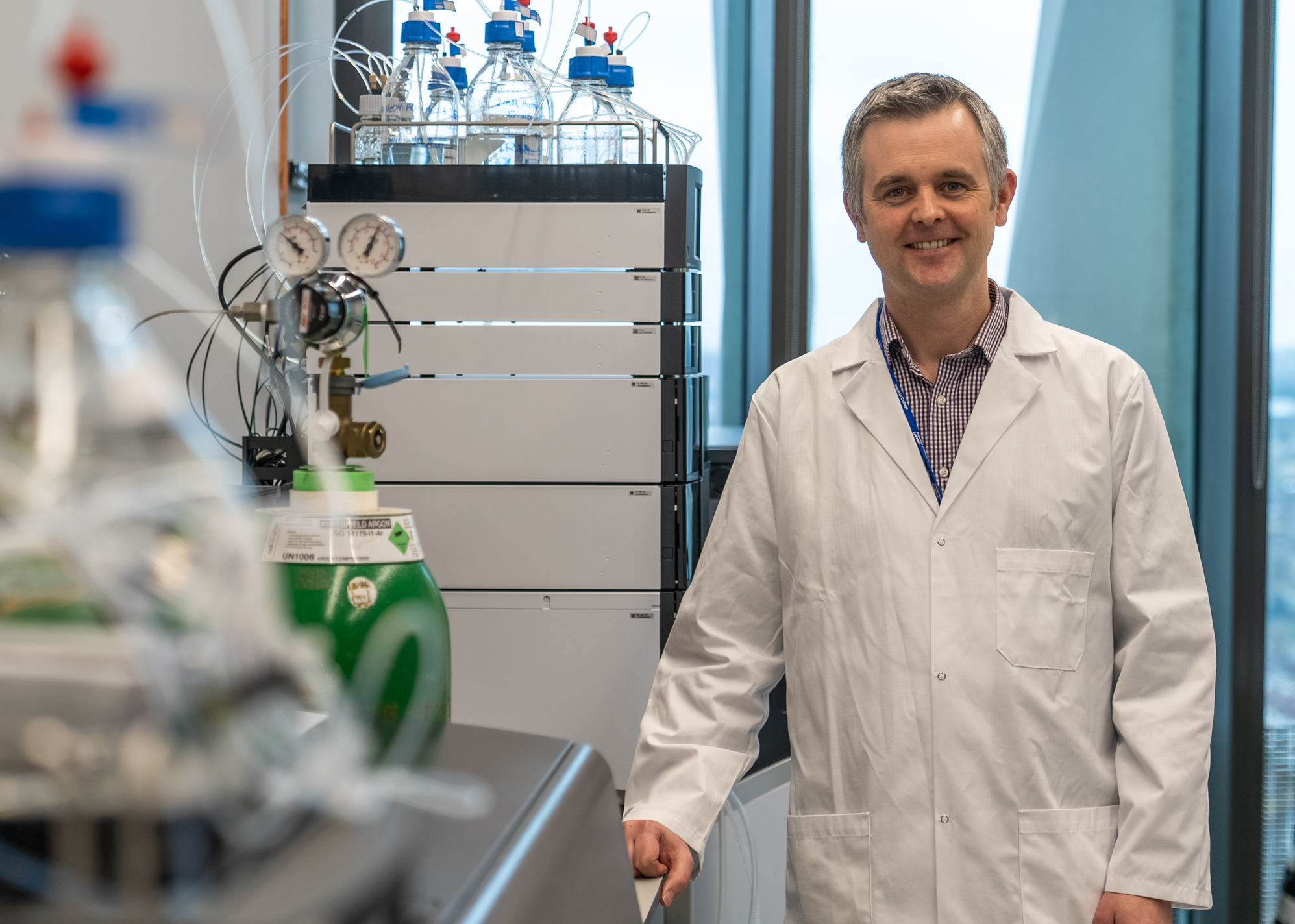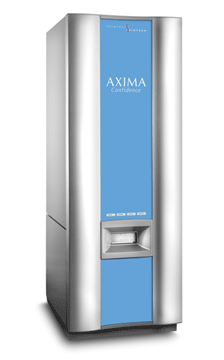University of Leicester - Tackling Heart Disease Using LCMS and MALDI Techniques

University of Leicester
-
INDUSTRY
Life Science, Clinical
-
KEYWORD
proteomics, metabolomics, heart disease
-
INTRODUCTION SERVICE&PRODUCTS
AXIMA Confidence, LCMS-8050, LCMS-8060
Professor Toru Suzuki, MD PhD FRCP FHEA, University of Leicester is chair of Cardiovascular Medicine and an honorary consultant cardiologist as well as the director of Leicester Life Sciences Accelerator and Associate Dean at the College of Life Sciences at University of Leicester.
Shimadzu has been a long-time collaborator of mine for proteomics and metabolomics investigations. I have been working with them on both LCMS and MALDI-TOF MS methods for almost twenty years now. Beginning with my work with them at the University of Tokyo where we started with the AXIMA CFR and the LCMS-8030. Through turnover of numerous generations of instruments and a move to the UK, I now use an AXIMA Confidence and an LCMS-8050 and LCMS-8060, and continue to use Shimadzu instruments and work closely with them. As an investigator and clinical academic of the MRC-funded UK Consortium on MetAbolic Phenotyping (MAP-UK) which aims to share the excellence in the UK on metabolomics, I contribute mainly to targeted methods for analysis of large cohorts. Shimadzu is supporting my lab on MAP-UK to progress/advance targeted analysis of metabolites and sharing protocols/methods with other groups.
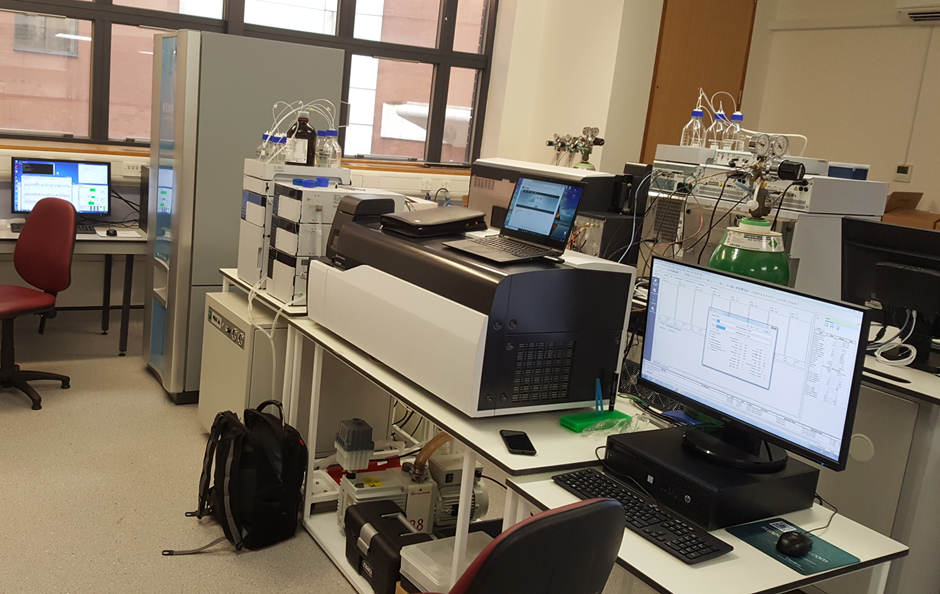
LCMS-8050 and LCMS-8060 in back-to-back configuration with AXIMA Confifence at the end.
My lab, as a representative project, characterised the role of the gut microbiome in heart disease, with a focus on the role of trimethylamine N-oxide (TMAO), a choline/carnitine metabolite that requires the gut microbiome for its production. We have characterised TMAO and related metabolites in heart failure and myocardial infarction among other heart diseases, as well as geographical and ethnic differences. This research mainly uses the LCMS-8050 and LCMS-8060 triple quadruple MSs. As an oxidised lipid, this extends our understanding of how cholesterol through dietary egg yolk and red meat can affect your heart health/diseases with now a new dimension in our understanding through the contribution of the gut microbiome. This new 'gut-heart' axis adds to our understanding of mechanisms underlying heart disease.
MALDI-MS methods have been used to characterise the metabolic/processing of peptides, for instance in representative studies that have focussed on B-type natriuretic peptide (BNP), a hormone produced in the heart to counteract heart failure and hemodynamic stress by inducing a natriuretic response. As with other hormones, processing/metabolism affects the bioactivity of this and other peptides, and its use as a diagnostic/prognostic marker as well.
Both the gut microbiome studies on LCMS and BNP on MALDI-MS have been done in large cohorts (around 10,000 for the former, and 3,000 for the latter) which have required the instruments to be reliable and reproducible over extended periods of time to undertake the studies. One Shimadzu feature that I highly appreciate is reliability. As mentioned above, being able to carry out measurements over an extended period of time is absolutely critical to measure thousands of samples as needed for cohort/population studies as part of phenomics activity that my lab has an interest in. Having been involved in the development of the LCMS-8050, reliability and high-speed analysis were critical issues as there was envisioned use for clinical/cohort samples, and will surely remain a defining feature of Shimadzu instruments moving forward.



